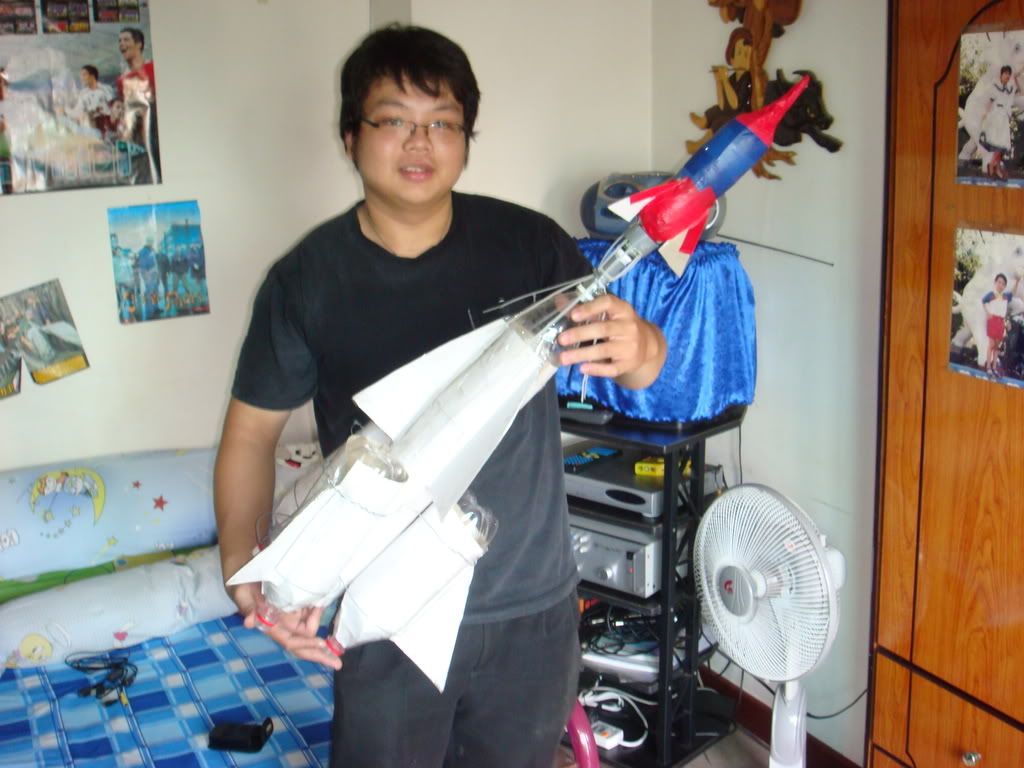Ðề: Cuộc chạy đua Tên Lữa Nước Giữa Các Trường
Báo cáo lại tình hình hồi sáng:
Phóng thử kiểu tên lửa mới -> hỏng (sau 1 lần phóng) ... Nhưng có khả thi vì lý do kỹ thuật chuẩn bị chưa kỹ. => nhận xét và cải tiến mời bạn Hoàng vào cho ý kiến
Tên lửa kiểu cũ dùng pittong : lần phóng thứ nhất hoạt động nhưng trong lúc tên lửa chuyển quỷ đạo bay cắm xuống (chưa chạm đất) thành công 1 nữa. Lần 2, bơm áp suất wá mạng, bay mất pittong. Lần 3, cắm xuống chạm đất rồi mới bung. Lần 4, áp suất wá mạnh, bung luôn ống dẫn với pittong. -> Có khả thi, cần cải tiến lại chổ pittong để khg bị xì nữa.
Cải tiến dàn phóng kiểu mới: Sau 3 lần phóng thử, khg bị rò rỉ nước khi áp suất cao. Nhưng tên lửa không thể bay lên đc... vì wá nặng phần dưới... -> Không khả thi cho lắm, cần xem xét và thử lại
Phòng tách tầng theo kiểu dùng lực cản không khí: lần 1,2, lực cản không đủ...tên lửa không tách tầng....Lần 3, thay đổi lại, tên lửa tách tầng thành công. Lần 4, tên lửa không kịp bay, tầng trên bay trước. Lần 5, tên lửa không tách tầng thành công -> Loai này làm chơi thui...Khg có ý định nghiên cứu sâu





















